The powerful give and take of ‘frenergy’
Published: 17 Sep 2024
No matter who you are, you can receive and radiate ‘frenergy’. But what is it and why do we need it in our lives? Psychologist Dr Veronica Lamarche shares the science behind friendship energy.
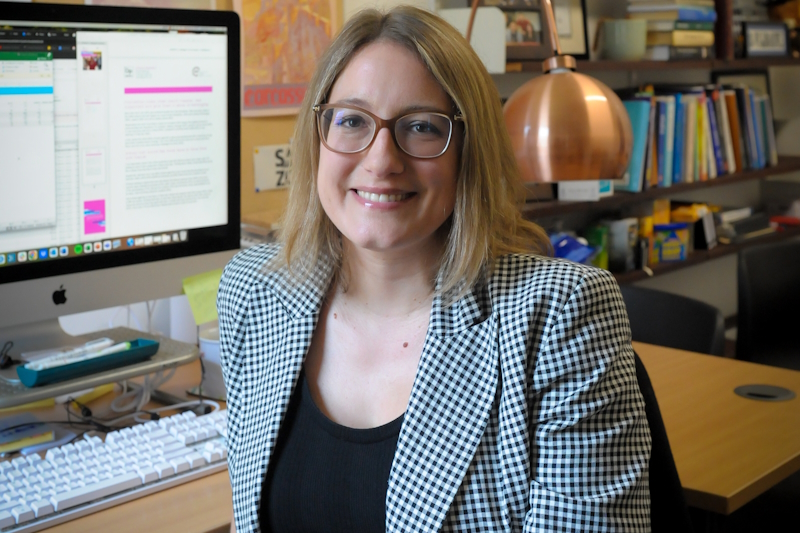
Psychologist Dr Veronica Lamarche
The feel-good factor
Frenergy is the emotional and psychological energy you get from friendship. Simply put, it’s the ‘feel good factor’ you get from being around friends.
But frenergy isn’t exclusive to close or well-established relationships, it’s also something that can be shared because of a momentary connection with a stranger, or by being among a group of like-minded people.
That’s because even the smallest action can lift your mood. Simply seeing someone do something nice for someone else, such as helping a stranger carry their shopping, can provide a frenergy buzz.
The benefits of frenergy
Frenergy is a hugely valuable resource. Being around friends increases happiness and makes us feel good. From a psychological perspective, being around people we like provides emotional elevation.
And it isn’t related to how outgoing you are or how loudly you laugh together (although this is great), rather the simple joy you get from being around a friend or someone with a shared purpose. By taking part in conversations and showing interest, you are building frenergy.
But it doesn’t have to be so obvious. At its lowest level, frenergy can be emitted by someone by simply being in the same room. Your presence brings energy because it contributes to the shared goal in some way, such as being an enthusiastic audience for the person who’s ‘holding court’.
Non-verbal cues like nodding in agreement or smiling to show you’re listening contribute to frenergy levels because they validate the person speaking.
The same goes for sending a text or tagging someone on social media. It’s a great way to share frenergy because you are showing that person that you are thinking of them in that moment.
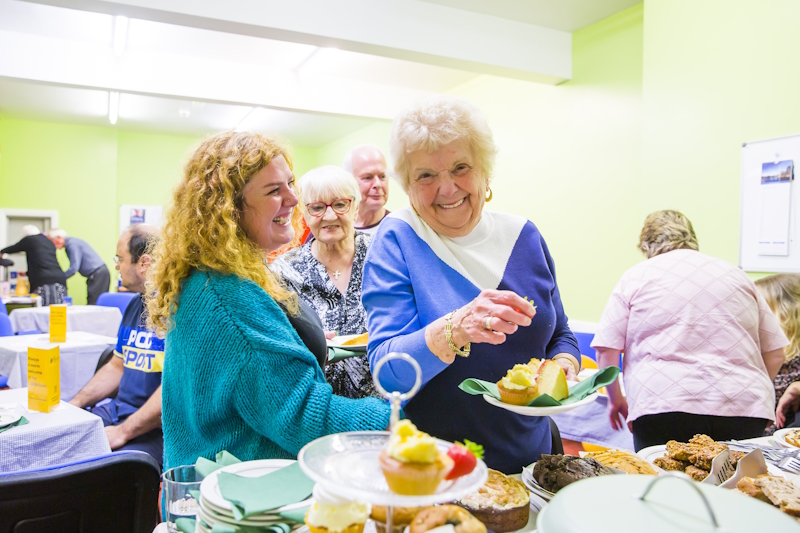
Collective frenergy
At the other end of the scale, you can share and receive frenergy by being among like-minded people even if you don’t know them. Known as ’collective effervescence’, it is the energy and harmony derived when we’re engaged in a shared uplifting experience.
This could be something as simple as going to an Oddfellows coffee morning and enjoying a piece of cake in a nice atmosphere, to going to a huge event like a sports match when you are supporting the same team.
While these positive feelings don’t come from someone you’d refer to as a ‘friend’, the shared purpose is a short-cut to building a friendship.
Frenergy for all
As we’ve discussed, giving frenergy is incredibly easy no matter who you are. But it’s not unusual for some people to feel like they contribute less because they aren’t as gregarious or outgoing as others.
But everyone has a role in frenergy – simply by being part of something.
Smiling at someone who is talking to you returns and amps up the frenergy you are getting from the conversation. Even ‘seeing’ someone do something kind for someone else can give frenergy because you are appreciating what they are doing. So if your contribution to a group is simply making a cup of tea for someone, then you’re still contributing frenergy.
If your own anxiety or bias is preventing you from attending a group event or calling a friend to see if they want to go for coffee, remember – all you have to do is muster up a smile and you are giving something incredibly worthwhile.
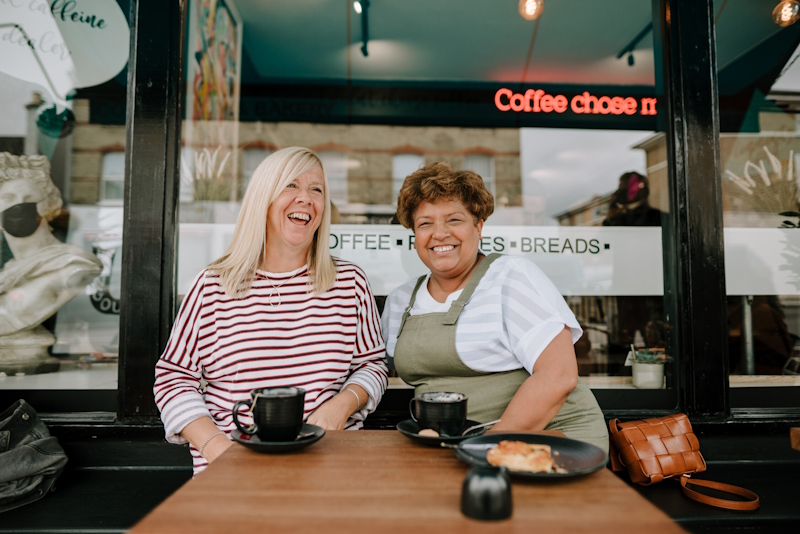
Photo: Ageing Better
Spark a new friendship
The other extraordinary thing about frenergy is that a small spark can lead to an entirely new friendship.
When frenergy happens between two strangers, it can act as a springboard for friendship.
As people spend more time together they share frenergy between themselves, and we start to see a fluency in their interactions and an increased collection of shared references, such as watching the same TV programme or discovering you like to holiday in the same places. These lead to a quick shorthand and ease in friendships.
Set your own levels
The amount of frenergy that each person is comfortable giving and receiving is unique to them, so there’s no specific amount we all should aim for.
Comfort levels can vary dramatically when it comes to being in social situations, which can be linked to being an introvert, extrovert or ambivert.
An easy way to think about it is to consider frenergy levels in a cup, which helps you think about whether you are getting the frenergy you need, or if there’s room for more.
When we’re spending time with friends, our frenergy cup is likely to be full because we are happy and energised. But after spending a few days at home feeling lonely, our frenergy levels are low and that imaginary cup might dip to 50%.
While attending a weekly fitness class might be enough to keep someone more introverted at 100%, an extroverted person might also need a video call and to go on a 1-2-1 walk with a friend to feel their best.
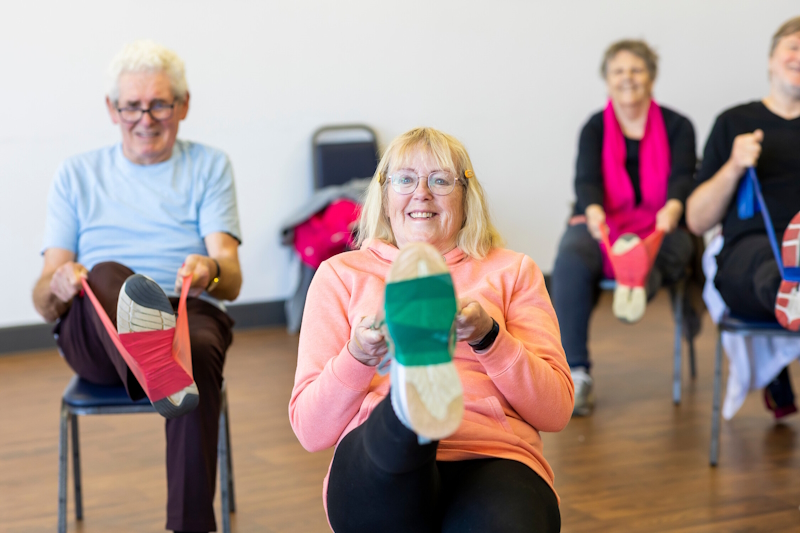 Photo: Ageing Better
Photo: Ageing Better
Be bold
It may or may not surprise you to hear that you can get frenergy from people you’ve never met. Familiar and well-loved celebrities, TV presenters or book characters can make you feel good and boost your frenergy.
But while these parasocial relationships can fulfil our emotional needs, they don’t compare with two-way friendships. That’s because they will never grow into anything else and will always be one-way.
With two-way relationships you can receive frenergy, but you can also give it and grow with it – so it’s much more beneficial.
Keeping energy vampires at bay
While friendships have the potential to give us a boost, they can also drain us. We’ve likely all experienced a ‘frenergy vampire’ at some point in our lives.
This isn’t to be confused with someone who has a lower baseline of energy, a bad day, difference of opinion or occasional complaining. A frenergy vampire is someone who consistently sucks out the positivity in interactions by always being negative and invalidating others’ experiences.
The best defence against them – and from becoming one of them – is to be interested in what brings others joy. You don’t have to share someone’s passions or even agree with their opinion, but rather listen, ask questions and show you care. You make them feel validated and understood.
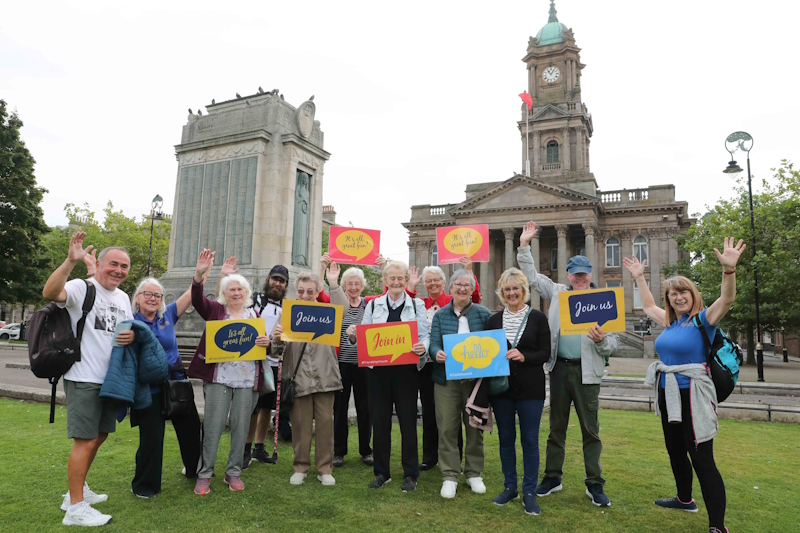
Amp up your frenergy
Whether you have a huge group of friends, you prefer to spend time with one or two close confidants, or you fly solo much of the time – you are always giving and receiving frenergy.
But if your cup is feeling a little low, perhaps you can pop along to an Oddfellows event and find new ways to fill it up.
To find out about your nearest group use the Oddfellows’ Branch Finder, or use the online Events Finder to search for social events and activities happening near to where you live.
Give the Oddfellows a try. There's no obligation to join. You can also request a free information pack and local events diary.
Read more advice on making friends and building social confidence in our friendship guides section.
About Dr Veronica Lamarche
Dr Veronica Lamarche is a Senior Lecturer and Social Psychologist at The University of Essex. You can follow Veronica on X @v_lamarche




